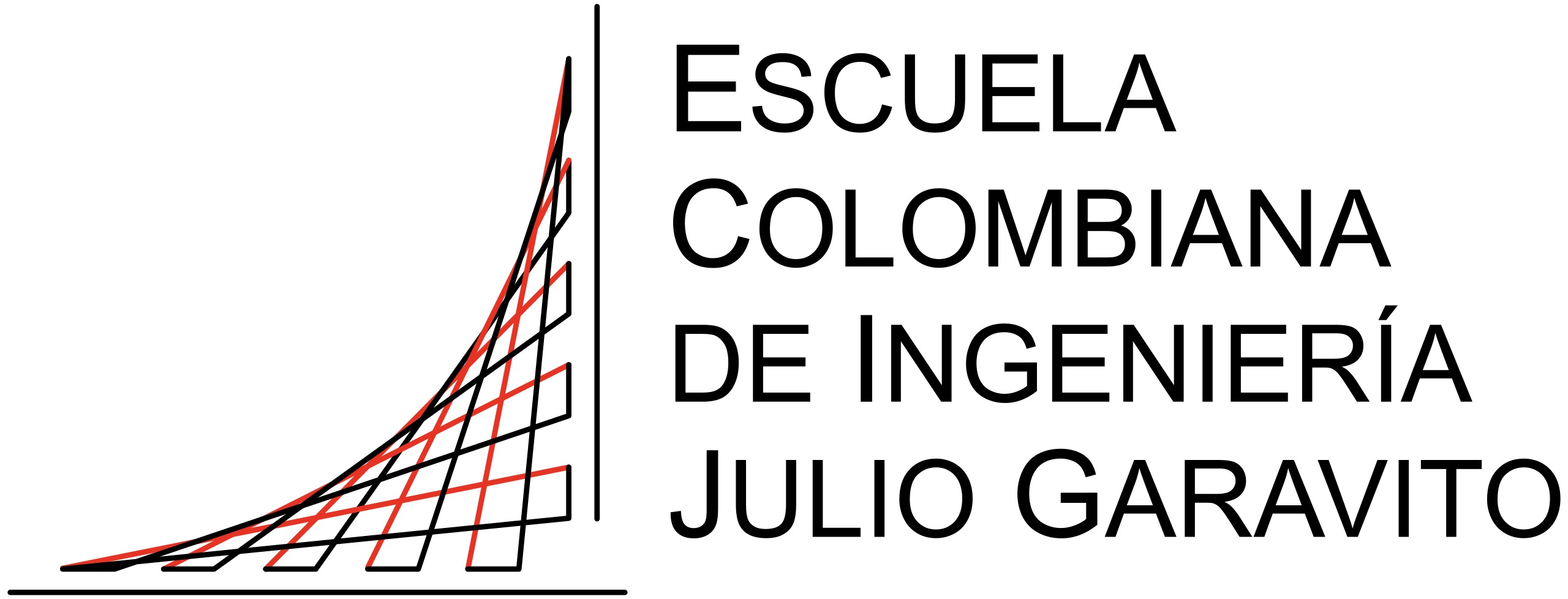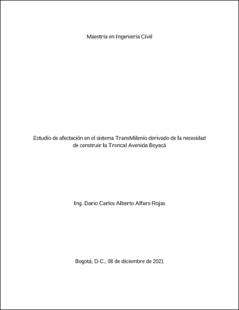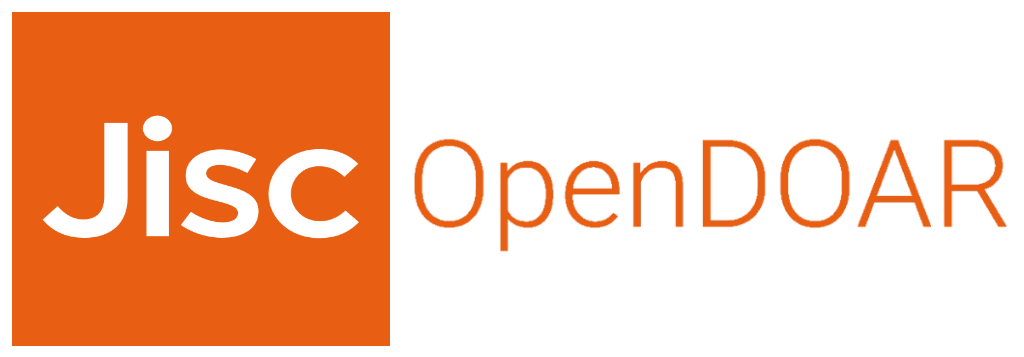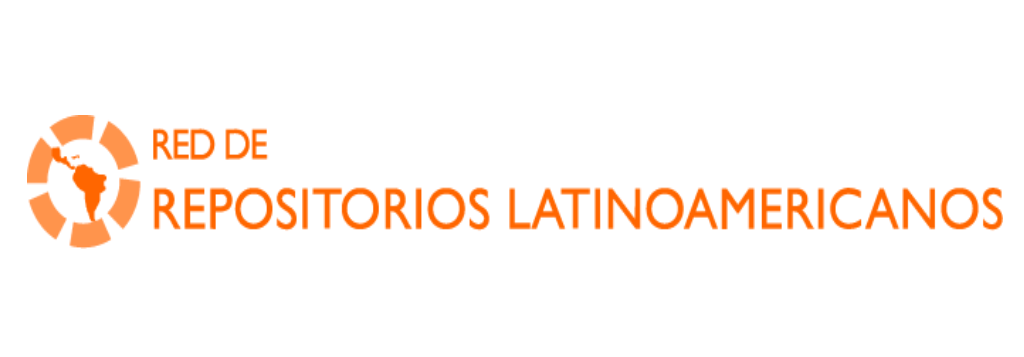Estudio de afectación en el sistema TransMilenio derivado de la necesidad de construir la Troncal Avenida Boyacá
Research of affectation in the TransMilenio system derived from the need to build the Boyacá Avenue Trunk
Trabajo de grado - Maestría
2021
ESCUELA COLOMBIANA DE INGENIERÍA JULIO GARAVITO
Si bien es cierto a nivel mundial la migración de la población a las grandes urbes hace año a año más común que estas últimas tengan un crecimiento acelerado de la infraestructura y en especial una de las más importante es la de tener una infraestructura vial adecuada, la cual permita la implementación de un sistema de transporte público eficiente lo que se traduce en la esencia de poder conectar a la gente con su vida diaria (ITDP et al., 2010a).
Para el caso en estudio se tomó la ciudad de Bogotá, la cual al ser la capital de Colombia tiende a tener una de las tasas de crecimientos poblacional más altas del país, esto es fácil de observar al ver como el sistema de transporte masivo de pasajeros de Bogotá “TransMilenio” no logran satisfacer toda la demanda de la población creciente. Esto demuestra que el sistema en la actualidad presenta una saturación a lo largo de toda su red funcional de corredores, motivo por el cual, y conforme al CONPES 3093 del 2000 entre los años 2006 y 2011 se preveía la construcción de un importante corredor localizado al occidente de la ciudad, el cual, permitiría la conexión de Sur a Norte y viceversa siendo este, la Troncal Avenida Boyacá (Consejo Nacional de Política Económica y Social, 2000), pero a la fecha no se ha construido afectado en gran medida a los ciudadanos que con el pasar de los años siguen esperando la construcción de esta importante Troncal.
Con el presente estudio se determinó el porcentaje de usuarios que emplearían esta Troncal si estuviese construida, se identificó y analizó el crecimiento poblacional circundante al proyecto por medio de encuestas de movilidad, se analizó la demanda de pasajeros del sistema de transporte masivo para los últimos años, se determinó la población atraída por medio de encuestas de preferencia declarada, esto con el fin de obtener la tendencia evolutiva y así determinar la cantidad de usuario que emplearían esta troncal y de igual forma se realizó un análisis de los recorridos actuales y con troncal y/o proyecto con el fin determinar el tiempo que se ahorrarían los usuarios y su impacto sobre las demás troncales ya construidas y en operación del sistema TransMilenio. Although it is true worldwide the migration of the population to large cities makes it more common year after year, it is even more common for the latter to have an accelerated growth of infrastructure and especially one of the most important is to have an adequate road infrastructure, which allows the implementation of an efficient public transport system which means the essence of being able to connect people with their own daily life (ITDP et al., 2010a).
For the case study, the city of Bogotá was taken, which being the capital of Colombia tends to have one of the highest population growth rates in the country, this is easy to observe when seeing how the massive passenger transport system of Bogotá "TransMilenio" do not manage to meet all the demand of the growing population. This shows that the system currently presents a saturation along its entire functional network of corridors, which is why, and in accordance with CONPES 3093 of 2000 between 2006 and 2011, the construction of an important corridor located to the west of the city was foreseen, which would allow the connection from South to North and vice versa being this, the Boyacá Avenue Trunk (National Council of Economic and Social Policy, 2000),but to date it has not been built, greatly affecting to citizens who over the years are still waiting for the construction of this important Trunk.
With this study, the percentage of users who would use this Trunk if it were built was determined, the population growth surrounding the project was identified and analyzed through mobility surveys, the passenger demand of the massive transport system for recent years was analyzed, the population attracted was determined through surveys of declared preference, this in order to obtain the evolutionary trend and thus determine the amount of user who would use this trunk and in the same way an analysis of the current routes and with trunk and / or project was carried out in order to determine the time that users would save and their impact on the other trunks already built and in operation of the TransMilenio system.
Descripción:
Documento tesis de maestría
Título: Rojas, Dario, Carlos Alberto - 2021.pdf
Tamaño: 101.2Mb
 PDF
PDF
 LEER EN FLIP
LEER EN FLIP
Descripción: Autorización de publicación
Título: Autorización.pdf
Tamaño: 105.9Kb
 PDF
PDF
Descripción: Anexos
Título: Anexos Final.zip
Tamaño: 48.10Mb
Título: Rojas, Dario, Carlos Alberto - 2021.pdf
Tamaño: 101.2Mb
 PDF
PDF
 LEER EN FLIP
LEER EN FLIP
Descripción: Autorización de publicación
Título: Autorización.pdf
Tamaño: 105.9Kb
 PDF
PDF
Descripción: Anexos
Título: Anexos Final.zip
Tamaño: 48.10Mb
















